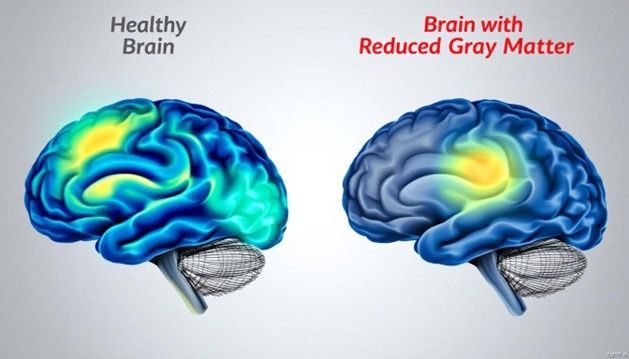Unlock the Potential of Biochar: A Simple, Sustainable Way to Transform Your Soil and Boost Crop Yields
If your soil feels lifeless, compacted, or unable to sustain healthy plant growth, the solution may be simpler than you think. Biochar—a form of charcoal designed for agricultural use—has been gaining recognition as a game-changing soil amendment. But how do you maximize its potential? This guide will walk you through preparing biochar and soil for enrichment, ensuring long-term benefits for your garden or farm.
What Is Biochar and Why Use It?
Biochar is a porous, carbon-rich material created by heating organic matter (like wood or plant residues) in the absence of oxygen—a process called pyrolysis. Farmers and gardeners prize biochar for its ability to:
- Enhance Soil Structure: Creates air pockets that improve aeration and root penetration.
- Boost Water Retention: Acts like a sponge, holding water during dry spells.
- Retain Nutrients: Prevents essential nutrients from washing away during heavy rains.
- Sequester Carbon: Stores carbon in the soil for centuries, reducing greenhouse gases.
Step 1: Preparing Biochar
- Crush the Charcoal
- Use plain, untreated charcoal (no ash, additives, or chemicals).
- Break it into small pieces or powder using a hammer or grinder.
- Charge the Biochar
- Biochar can temporarily absorb nutrients from the soil, so pre-loading it with nutrients is critical.
- Mix the crushed biochar with one or more of the following:
- Compost
- Aged manure
- A liquid fertilizer solution
- Soak and Wait
- Add water to the mixture until it is thoroughly moist but not waterlogged.
- Let it soak for at least a week to allow the biochar to absorb nutrients. Stir occasionally for even distribution.
Step 2: Preparing Your Soil for Enrichment
Healthy soil is the foundation for thriving crops and plants. Before adding biochar, make sure your soil is ready to receive the benefits.
- Test Your Soil
- Identify pH, nutrient levels, and soil type with a basic soil test. Knowing your soil’s needs helps you make better decisions.
- Remove Obstacles
- Clear the area of weeds, debris, and large rocks. Old plant residues can interfere with mixing, so ensure the soil is clean.
- Aerate the Soil
- Use a spade, hoe, or rototiller to loosen the soil to a depth of 6-12 inches. This improves water and air circulation.
- Add Organic Matter
- Incorporate compost, aged manure, or other organic material into the soil. This creates a nutrient-rich foundation that biochar will amplify.
- Moisten the Soil
- Lightly water the soil to activate microbial life and make it easier to integrate the biochar mixture.
Step 3: Applying Biochar to Enriched Soil
- Spread the charged biochar mixture evenly over the soil surface.
- Mix it into the top 6-12 inches of soil for optimal root interaction.
- Water the area again lightly to settle the biochar into the soil structure.
Pro Tips for Success
- Start Small: Experiment on a small section of your garden or farm to observe the impact.
- Measure Progress: Monitor plant growth, water retention, and soil health after applying biochar.
- Combine Practices: Use biochar alongside other sustainable farming methods like crop rotation and mulching for maximum benefits.
Why Biochar Matters
Using biochar isn’t just about growing healthier plants, it’s about building resilient soil that supports ecosystems, fights climate change, and sustains future generations. By incorporating biochar into your farming or gardening practices, you’re making a long-term investment in productivity and environmental health.











